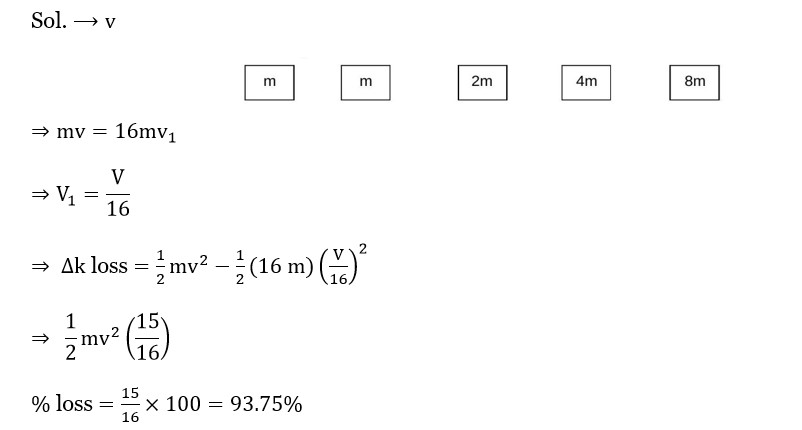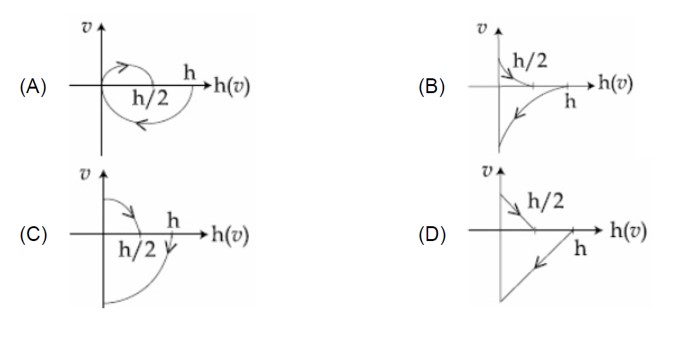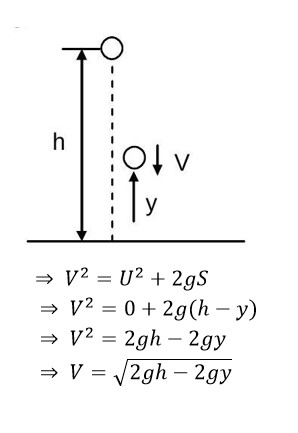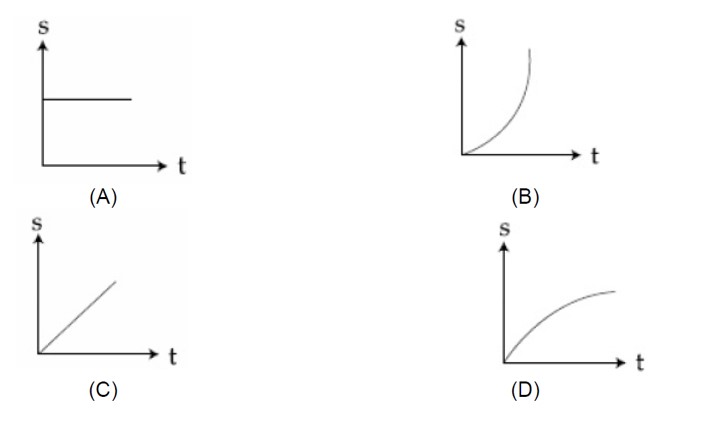Work, Energy and Power
Get insights from 177 questions on Work, Energy and Power, answered by students, alumni, and experts. You may also ask and answer any question you like about Work, Energy and Power
Follow Ask QuestionQuestions
Discussions
Active Users
Followers
New answer posted
2 months agoContributor-Level 10
K? = ½ mv² + ½ Iω²
Since I =? mr² and v=rω,
K? = ½ mv² + ½ (? mr²) (v/r)² = ½ mv² +? mv² = (7/10)mv² = 140 J
K_f = 0.05 K?
(7/10)mv_f² = 0.05 * (140)
(7/10)mv_f² = 7
v_f² = 20
v_f = √20 ≈ 4.47 m/s
New answer posted
2 months agoContributor-Level 10
Network done is equal to area under F-x curve
= 200 x 15 + ½ x 100 x 15 + 100 * 15
= 4500 + 750
= 5250
New answer posted
2 months agoContributor-Level 10
First, find the initial velocity (v) of the ball as it leaves the machine, using the kinematic equation for maximum height:
v² = u² + 2as ⇒ 0 = v² - 2gh_max
v² = 2gh_max = 2 * 10 * 20 = 400
v = 20 m/s.
Now, apply the work-energy theorem to the ball while it is being pushed by the machine. The work done by the constant force F equals the change in kinetic energy of the ball.
Work done W = F * d
Change in K.E. = (1/2)mv² - 0
F * 0.2 = (1/2) * 0.15 * (20)²
F * 0.2 = (1/2) * 0.15 * 400 = 0.15 * 200 = 30
F = 30 / 0.2 = 150 N.
Taking an Exam? Selecting a College?
Get authentic answers from experts, students and alumni that you won't find anywhere else
Sign Up on ShikshaOn Shiksha, get access to
- 65k Colleges
- 1.2k Exams
- 679k Reviews
- 1800k Answers






